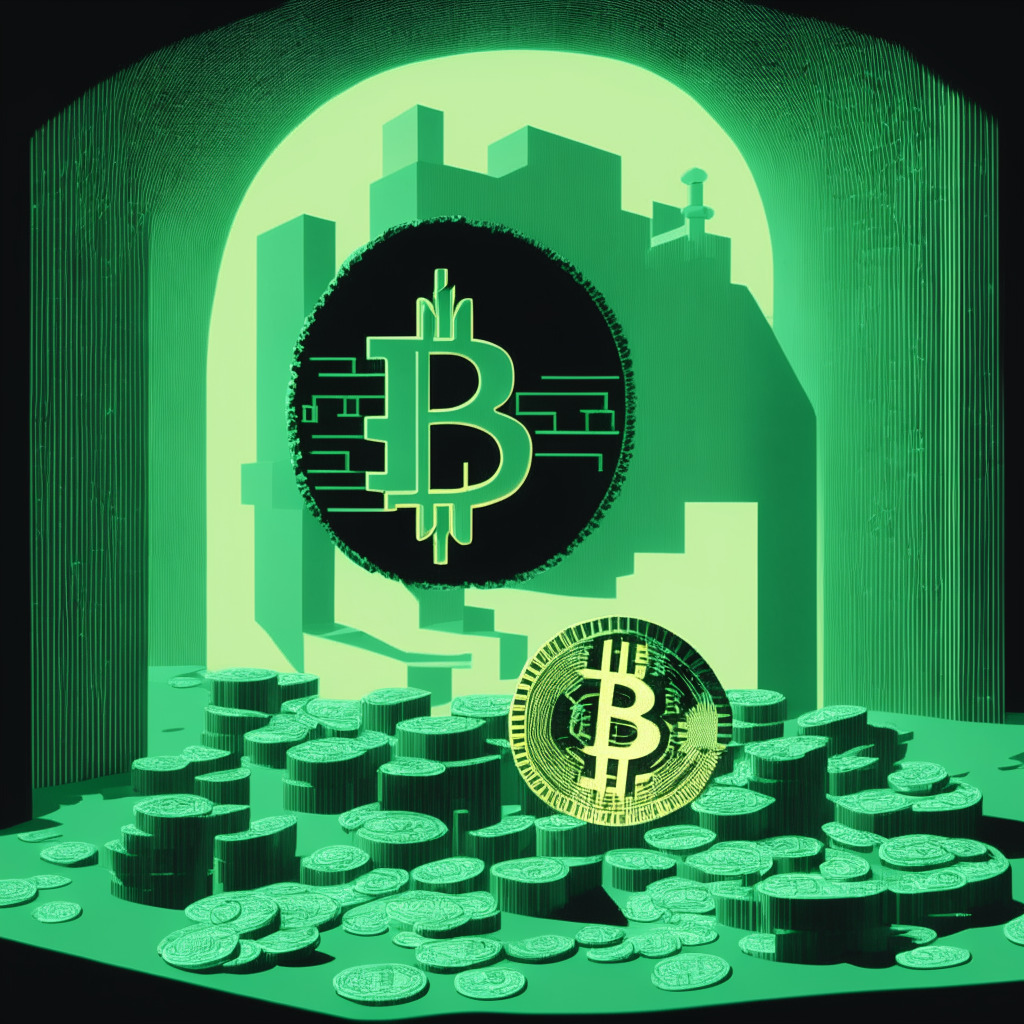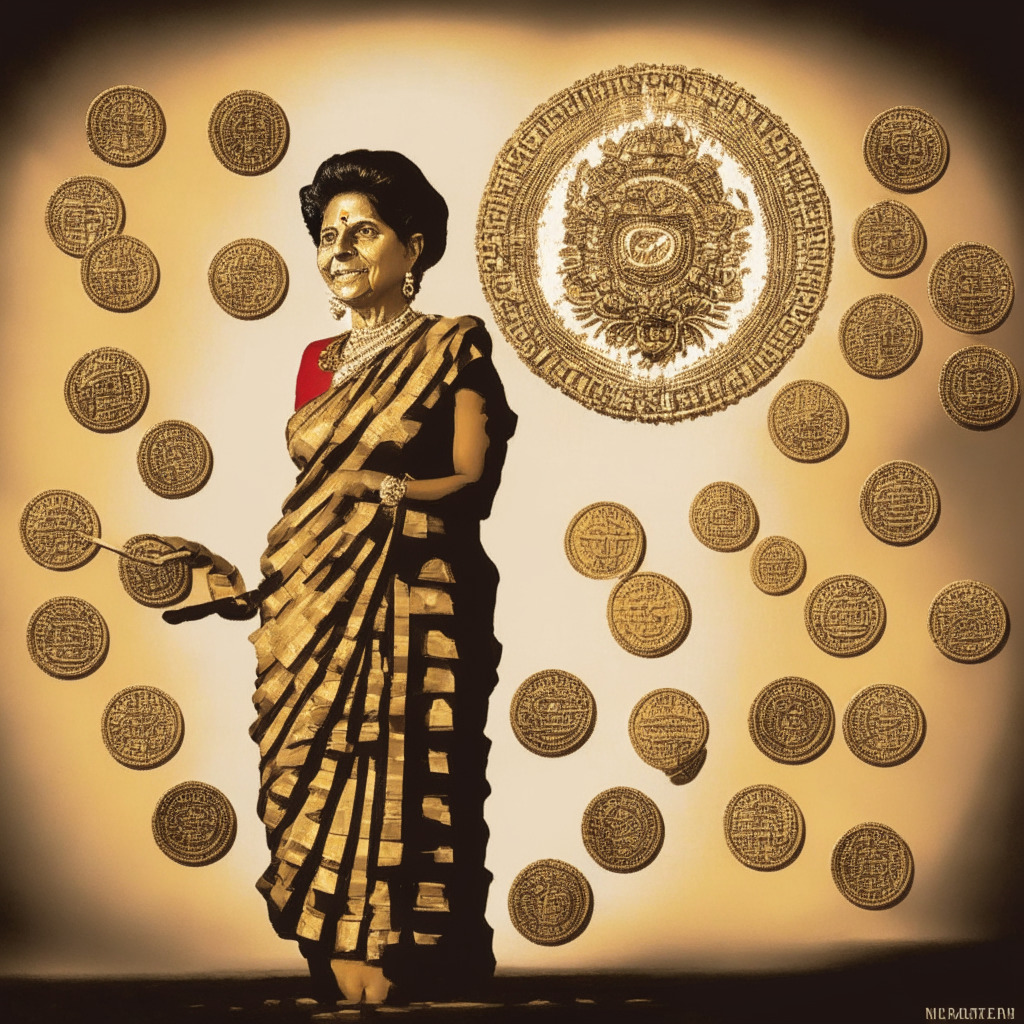In a move that is sure to fuel continued discussion about the regulation of digital assets, Brazil’s Comissão de Valores Mobiliários (CVM) CVM has revealed it plans to initiate a second regulatory sandbox program focusing on tokenization, with a tentative start date of 2024. Superintendent, Daniel Maeda, said that the decision to move forward with a second sandbox followed positive experiences tokenizing about $36 million in assets.
A regulatory sandbox is an innovative framework that allows companies to test their products or ideas under relaxed regulatory conditions. The motivation behind the sandbox initiative is to let innovation unfettered by prior constraints take its course. Potential application areas include agribusiness and Environmental, Social, and Governance sectors.
However, some might argue that the 2024 timeline is a little too distant, considering the rapid pace at which the crypto market evolves. The CVM’s plan seems to hinge on waiting for changes related to Brazil’s crypto market, including the central bank’s digital currency, the Drex.
According to Maeda, the securities regulator and the central bank should consider both progress in the digital asset space and how other countries have approached regulation. This pragmatic stance towards learning from international regulatory experiences in the digital asset field and careful application to the domestic context might resonate well with some, but others could view it as stalling a more proactive approach.
Brazil’s central bank previously tightened regulations in October, a move, Governor Campos Neto argued, was motivated by the potential connections between using crypto and tax evasion or illegal activities. Some critics could interpret this as a sequence of measures driven by governmental apprehension towards digital fiscal misdemeanors rather than a balanced approach to support growth while maintaining safeguards.
Adding another layer of complexity, the country’s upcoming program issuing identification documents via a private blockchain seeks to protect personal data and prevent fraud. This tandem approach of curbing fraud risk and promoting innovation echoes the dynamic perfect storm inherent to the crypto sector.
The current interests of central banks worldwide highlight the deluge of contrasting strictures and opportunities that the emerging regulatory landscape offers. As countries like Brazil continue to navigate this uncharted territory, the outcomes of such initiatives could be instrumental in shaping global direction in crypto regulations.
Source: Cointelegraph




